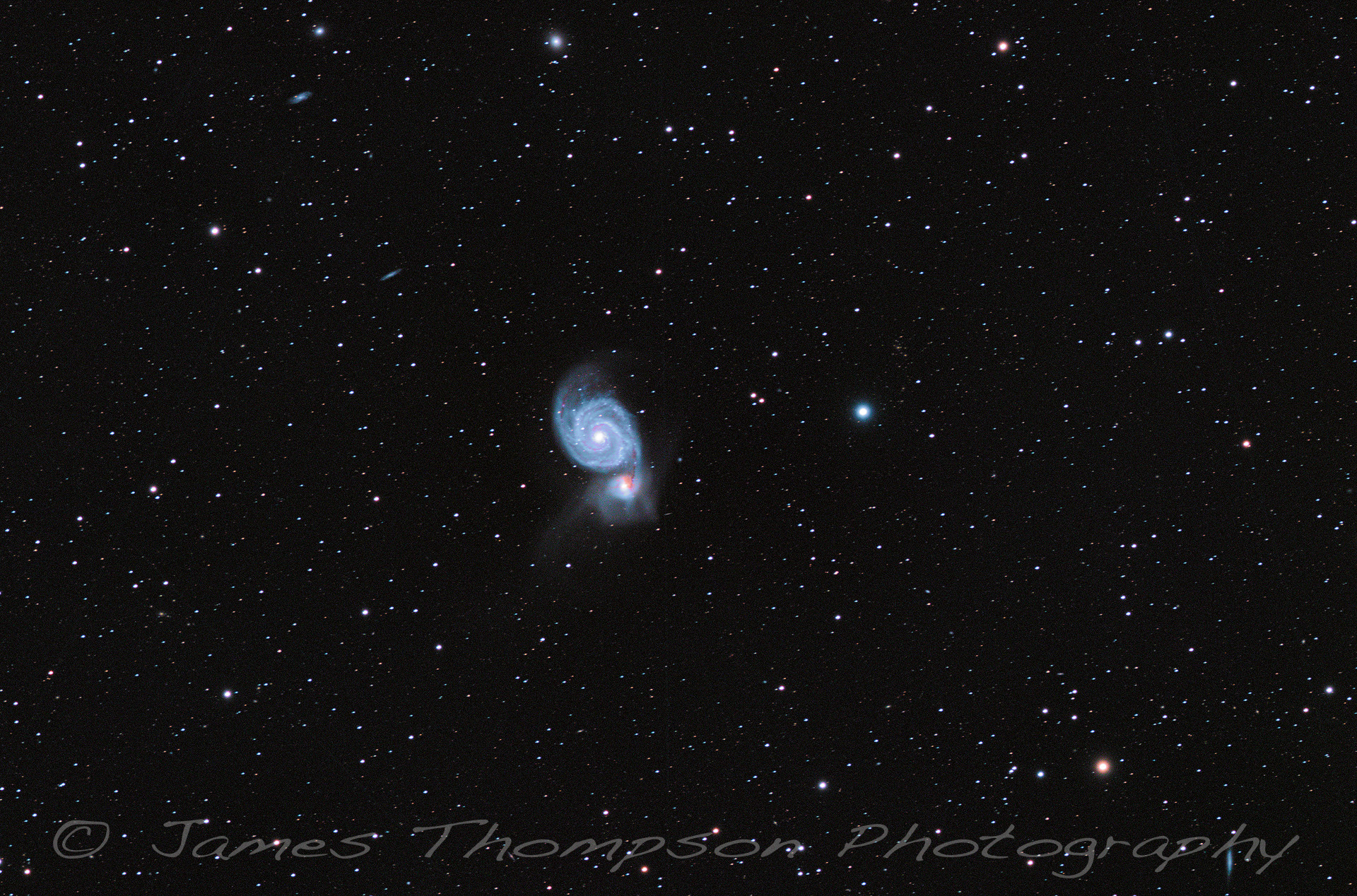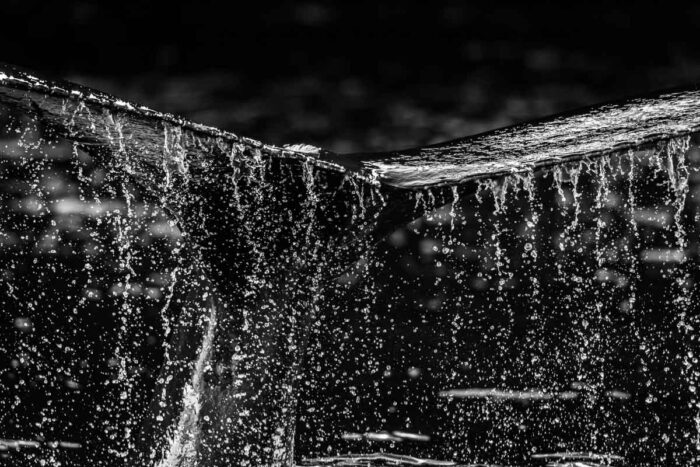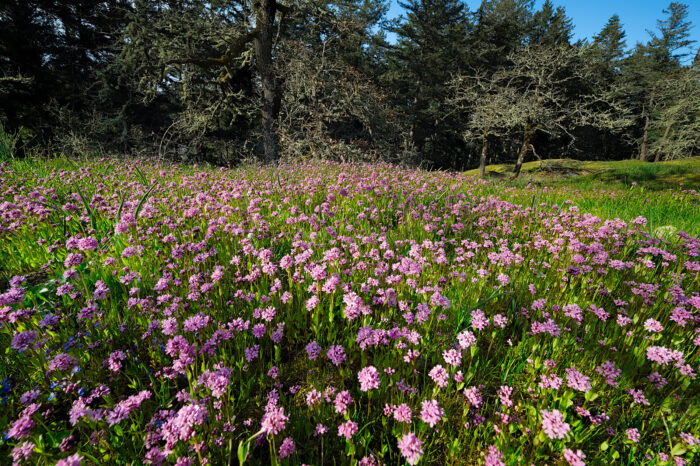Imagine an activity that allows you to travel back in time millions of years, that helps put these crazy times in perspective, that promotes family time and can be done in one’s own backyard…
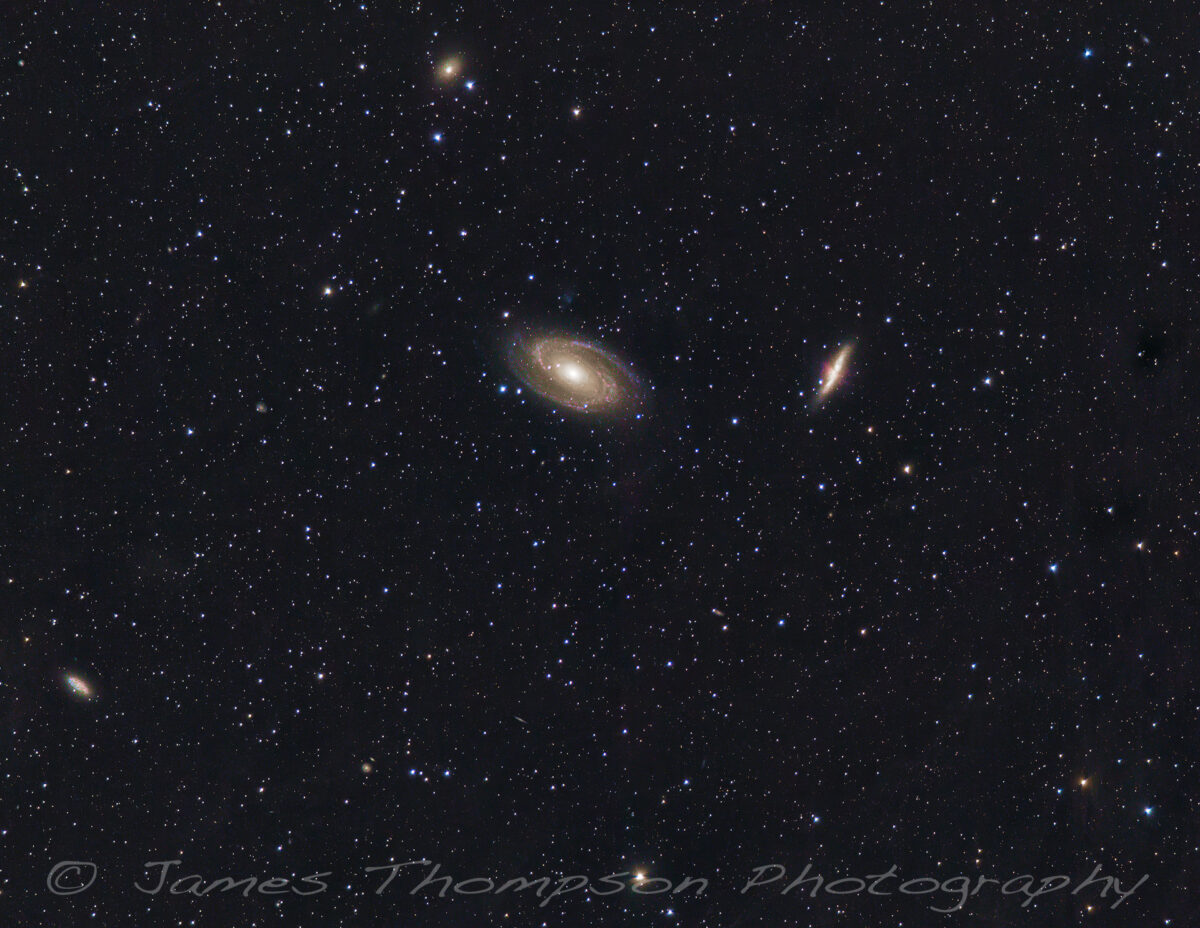
Over the last year or so, pursuing astrophotography has been that activity for me. With my usual coastal wanderings in pursuit of amazing seascapes and wildlife curtailed, I’ve started pointing my lenses at the sky. While it has been a mind bending technical challenge at times, it’s been an incredibly rewarding road of discovery that I’ve been able to share with my family the whole way. What follows is a summary of our journey so far.
As digital photography supplanted film in the late 90s and early 2000s, it became much easier for photographers to incorporate the stars into their compositions. The limitations of film meant that most pictures of stars showed them as long trails across the night sky.
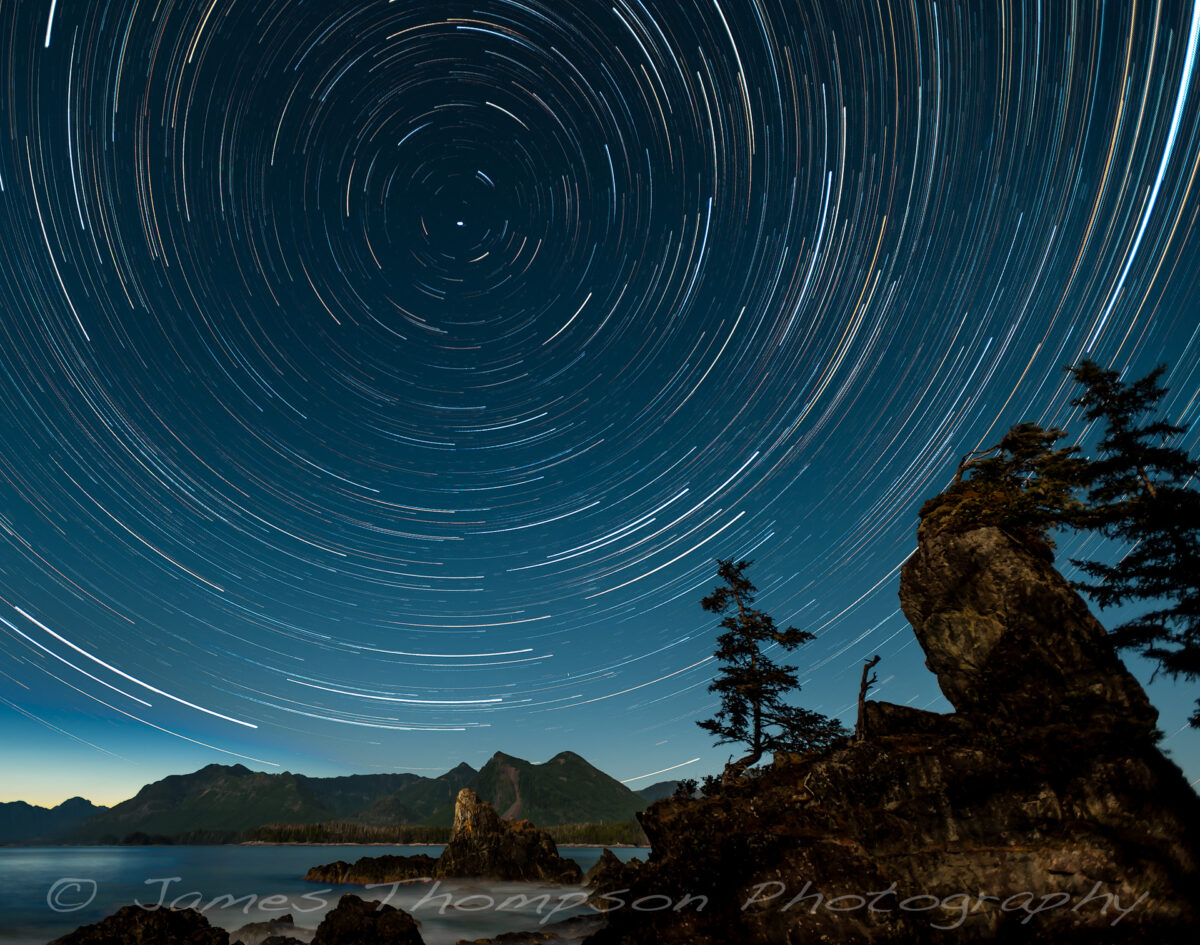
With the advent of digital photography and the concomitant evolution of digital post processing techniques in programs such as Photoshop, photographers can now render the night sky as they see it.
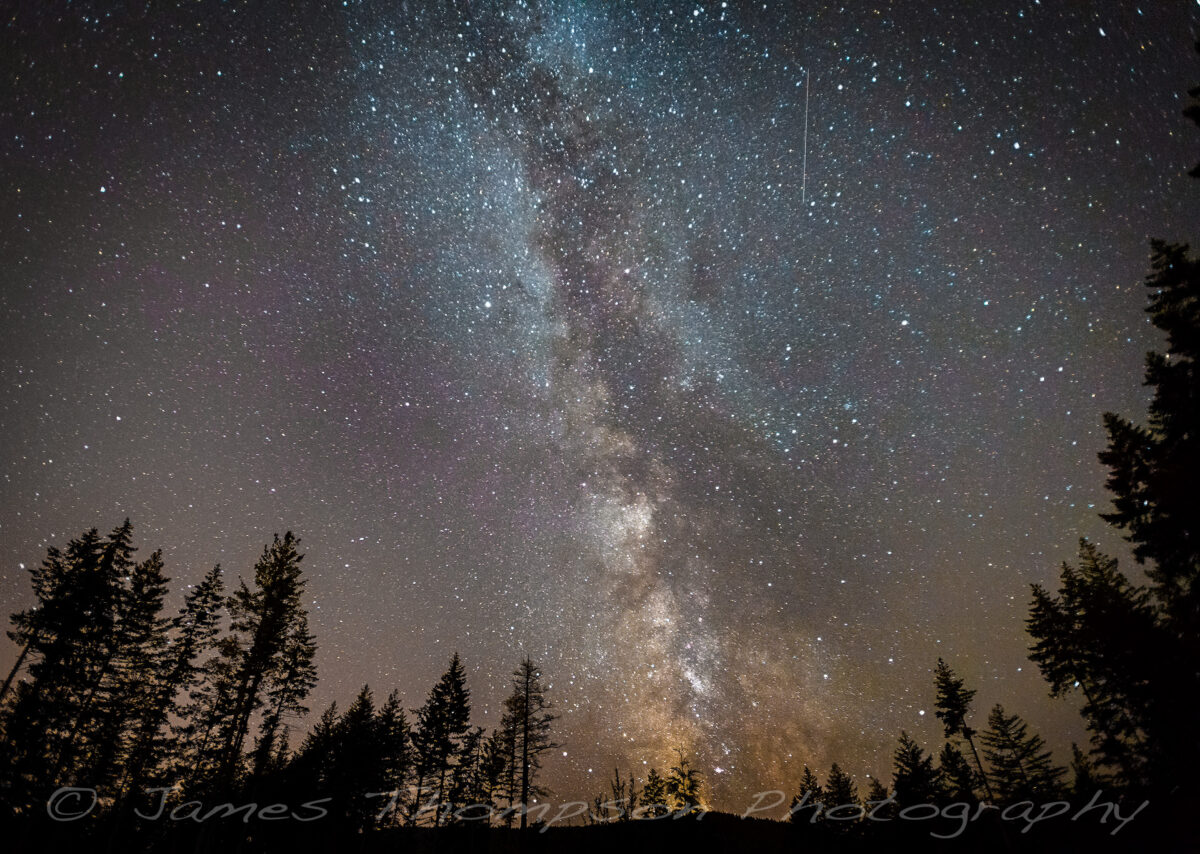
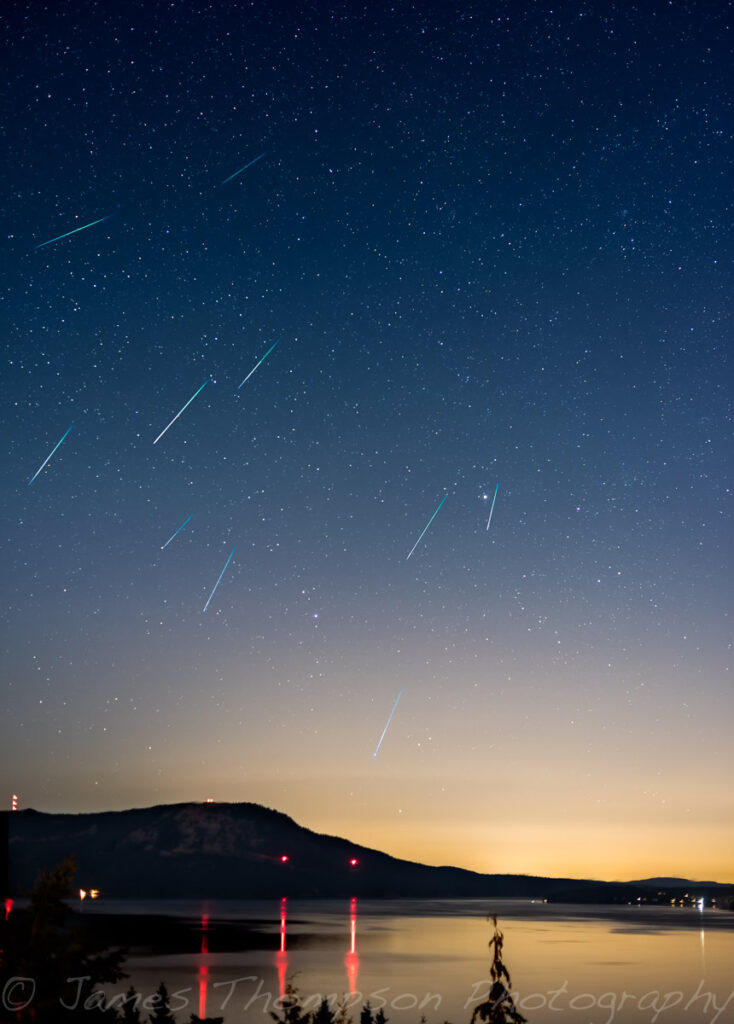
The real beauty of astrophotography however is that it reveals structure and colour in the night sky that we cannot perceive with our own eyes no matter how powerful a lens we use.
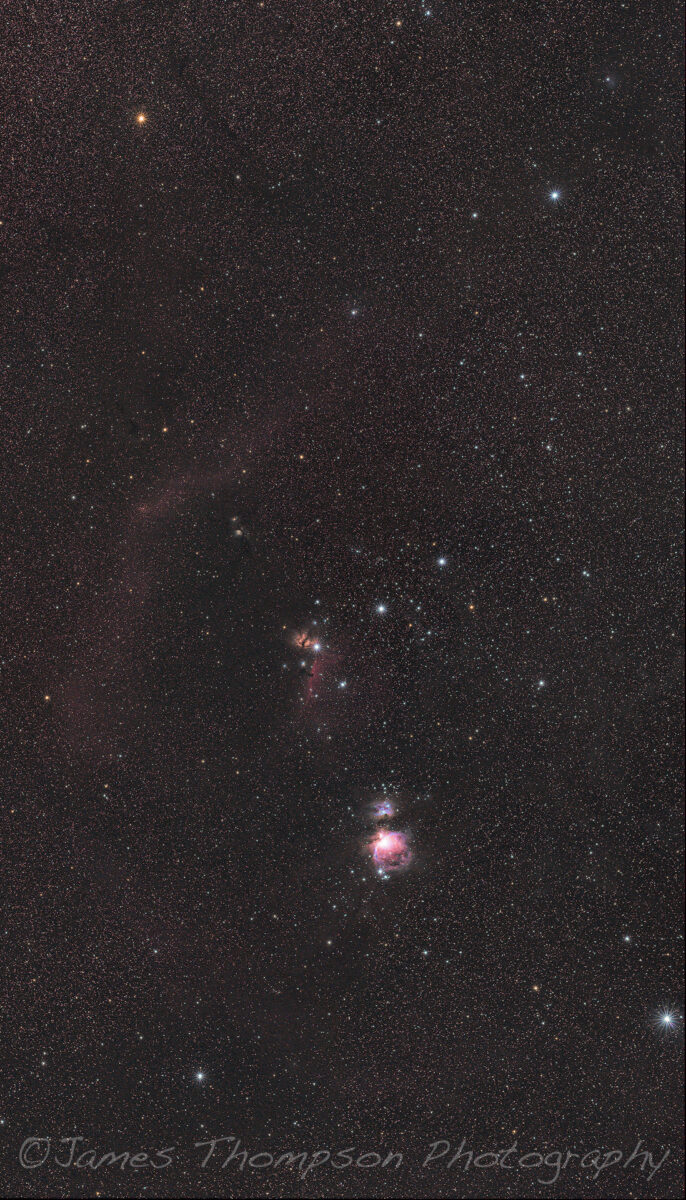
In the image of the constellation Orion above, the glowing gases of the Orion Molecular Cloud become apparent with a long exposure. The great Orion nebula is central with the Running Man nebula above it. The Horsehead nebula is visible at the left hand end of Orion’s belt and the hazy red in the top left corner is part of a huge area of gas known as Barnard’s loop. When this image popped up on the the back of the camera we all almost fell out of our chairs in amazement. A new hobby was born!
As we delved deeper into the field we learned that astronomers and astrophysicists too had been leveraging the advances in digital imaging and processing both for scientific study and producing stunning images of our universe. We were inspired! As the world locked down, we hunkered down with a telescope and tracking mount and started exploring the night sky.
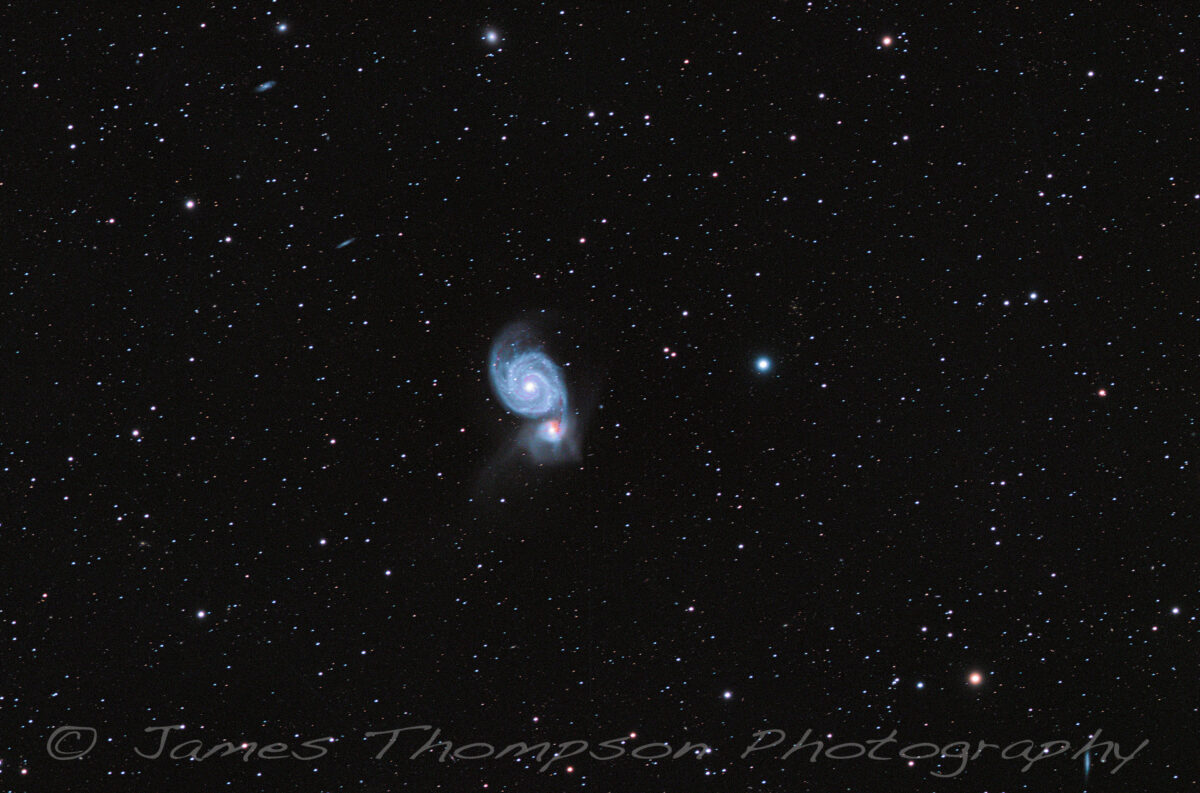
Galaxies are massive collections of stars and their brightness makes them great targets for regular digital cameras. It takes a little more gear to reveal the true magic in the night sky however. Our universe is full of immense clouds of gas (mostly hydrogen, oxygen and sulphur) from which new stars are constantly forming. These gases are often excited by nearby stars and radiate energy. Unfortunately only part of this energy is in the visible spectrum of light and to truly reveal the wondrous structure of these nebula special filters are required.
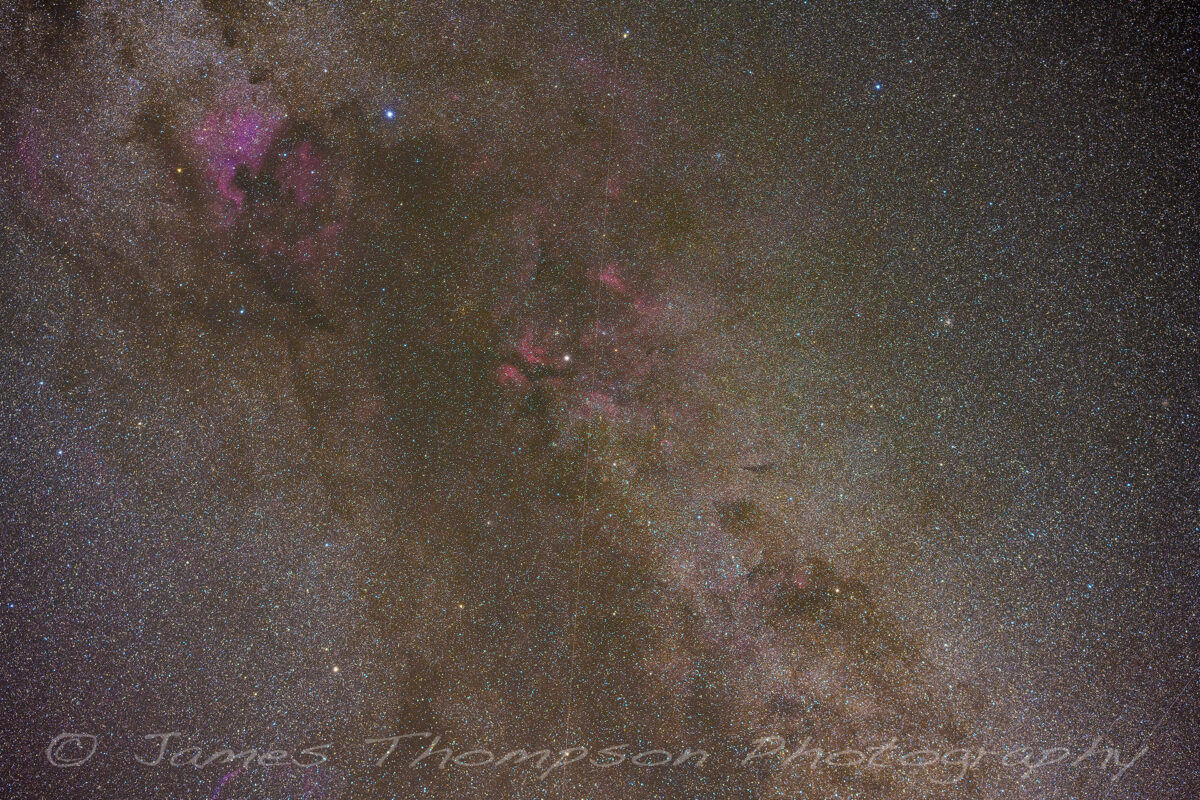
Narrowband filters for astrophotography are designed to admit the very narrow wavelengths of light generated by hydrogen, sulphur and oxygen gases onto a highly sensitive digital sensor. This generates black and white images showing the distribution of the different gasses in the night sky. Combining these in software yields a false colour image that has both scientific (one can see where the various gasses are based on their colour) and artistic merit. This is how the pictures from the Hubble telescope are made and one can do the same here on earth. Below is a mosaic of multiple images taken through narrowband filters from my backyard of the Butterfly nebula region shown above.
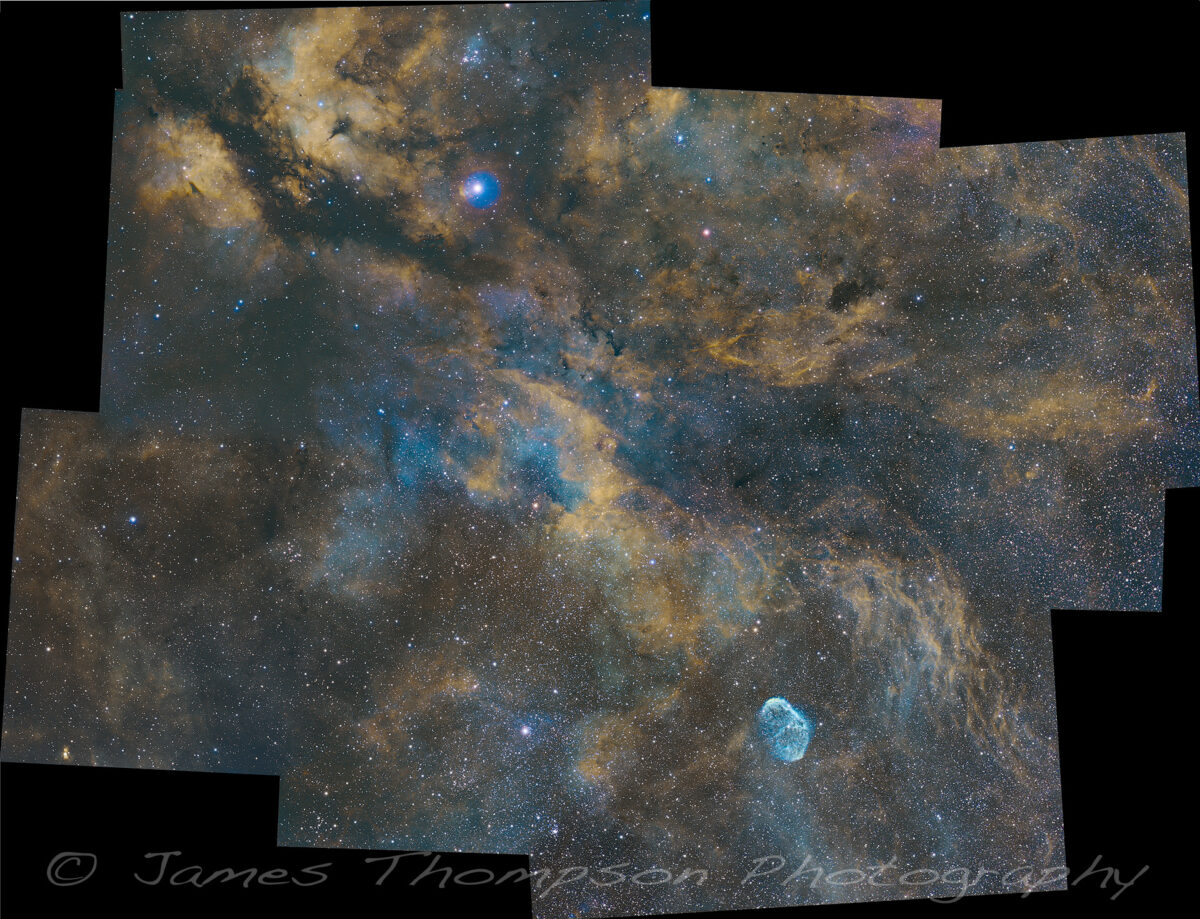
If you’re still with me after all this technical mumbo jumbo and are interested, head over to my new Astrophotography page and have a look at what else I’ve been gazing at.
